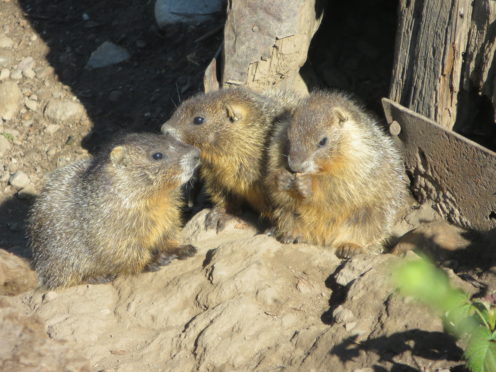Worries over being an older mum don’t apply to marmots, Aberdeen University researchers have found.
A new study has shown that female marmots born to older mothers are more successful in the reproductive stakes further down the line.
Scientists were keen to find out if the age at which a marmot mother gives birth would influence the number of offspring her own daughters would produce.
The team, led by Svenja Kroeger of the university’s school of biological sciences, published their research in the scientific journal Proceedings of the National Academy of Sciences.
Because female marmots typically remain in their home colonies for their entire life, around 30 generations of the creatures living in the Colorado Rocky Mountains have been studied since 1962.
This made it possible to look at how the reproduction of their daughters then differed depending on how old their mother was at the time of birth.
Ms Kroeger said: “We were interested to see whether having babies at an older age would have long-lasting negative impacts on future generations.
“In general, and contrary to expectation, we found that daughters which were born to older mothers had larger litters at every point in life.
“Thus, in both environments under consideration, daughters born to older mothers also had more offspring throughout their entire lifetime and were therefore much more successful in terms of passing on their genes to the next generation.”










